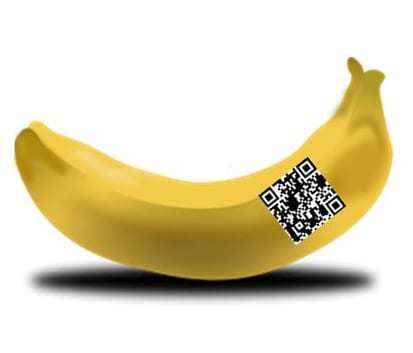Many companies are discovering that quick response codes can help to provide transparency that customers appreciate.
The QR code was originally created in order to be able to improve the ability to trace individual products within factories and plants, and businesses have been discovering that this ability to track their products throughout their lifetimes is not only appealing to them, but it could also be very attractive for customers.
By being able to scan a quick response code to learn about a product, a company can add considerable transparency.
While this can be helpful in many different industries, as well as in local governments that are hoping to go paperless and that want to provide residents the ability to obtain instant access to the agendas for all community meetings, it is businesses that grow, package, and serve food that the QR code has become most popular for tracing the history of a specific item.
Check out the different kinds of QR code that have been spotted for improving transparency for customers.
 • Turbana added QRcodes to the stickers used on the bananas that they send to be sold in North America. This gives a customer the ability to scan a specific fruit to find out how it was grown, produced, and handled. The goal is to give shoppers the feeling that they have been brought “back to the farm” through the use of their smartphones. This company took things a step further by showing consumers the workers who assist in the growing and packing of the bananas, teaching them how shoppers can help those workers and their families.
• Turbana added QRcodes to the stickers used on the bananas that they send to be sold in North America. This gives a customer the ability to scan a specific fruit to find out how it was grown, produced, and handled. The goal is to give shoppers the feeling that they have been brought “back to the farm” through the use of their smartphones. This company took things a step further by showing consumers the workers who assist in the growing and packing of the bananas, teaching them how shoppers can help those workers and their families.
• Pork Checkoff has labeled its pork products with QR codes so that consumers are able to look into the animal welfare and care initiatives that were taken for the products that they are considering for purchase, and can even watch some of the videos for this initiative about pork production. This allows consumers to understand all of the stages that are followed before the food arrives in the supermarket.
• Moshi Moshi, a sushi restaurant founded by Caroline Bennett, started using an edible QR code on its meals, made out of squid ink and nori. This allowed diners to scan and find out more about the work that the company has done with the Marine Stewardship Council in order to promote sustainability of fish.
